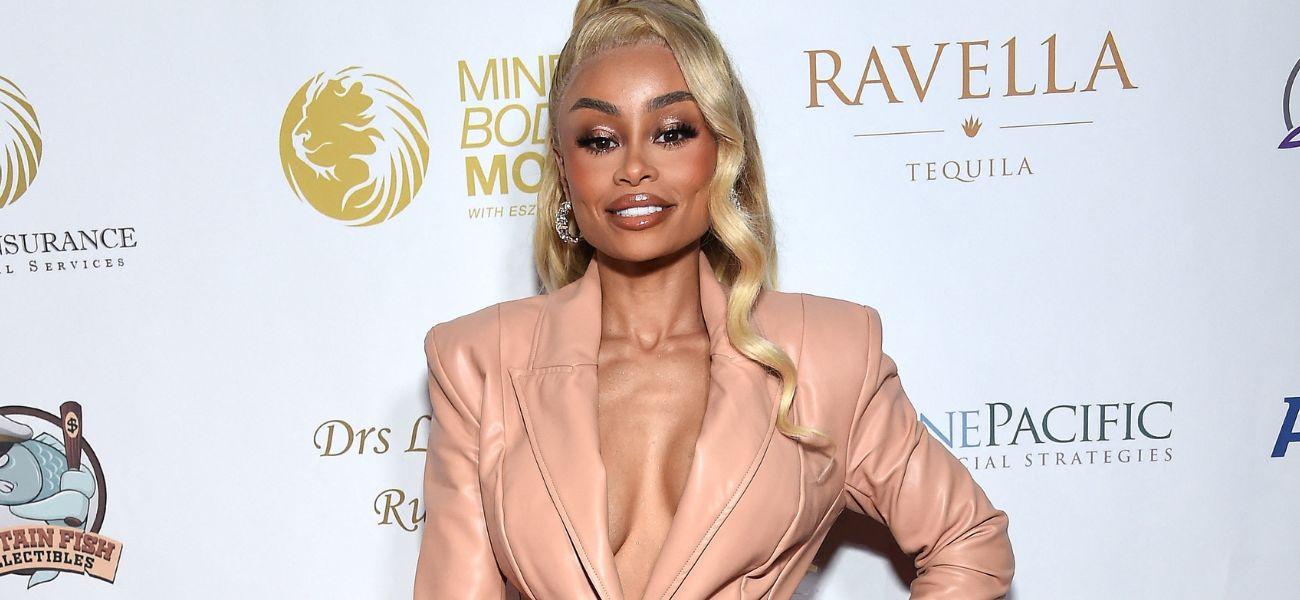International Bird Rescue is thrilled to present the nominees for the coveted title of 2023 Patient of the Year – a distinction that symbolizes the triumph of hope and healing in the lives of wildlife. The post Rally Your...
International Bird Rescue is thrilled to present the nominees for the coveted title of 2023 Patient of the Year – a distinction that symbolizes the triumph of hope and healing in the lives of wildlife.
Each nominee has a unique tale of survival, showcasing the remarkable work of Bird Rescue in rehabilitating and caring for birds in need. Between our two California wildlife centers, we’ve provided care to more than 2,566 patients this year while also responding to an avian botulism event in Tulare Lake this past summer. Thanks to the dedication and expertise of our passionate staff and volunteers, these birds got a second chance at life in the wild.
Now, it’s time for you, our valued supporters, to play a crucial role in this uplifting narrative. Your vote will not only recognize the remarkable journey of these resilient creatures but also contribute to the ongoing mission of International Bird Rescue in protecting and preserving avian life worldwide. Enter your name and email address to be entered to win a beautiful 2024 Bird Rescue calendar!
Read more about the candidates below, and cast your vote and be a part of this heartwarming celebration of strength, courage, and the enduring spirit of wildlife.
Black-crowned Night-Heron
 Photo by Kelly Beffa – International Bird Rescue
Photo by Kelly Beffa – International Bird Rescue
On November 17, this Black-crowned Night-Heron was found hanging in a tree 30 feet from the ground, entangled in monofilament. He was brought to Lindsay Wildlife Experience in Walnut Creek, CA for stabilization and later transferred to Bird Rescue’s San Francisco Bay-Delta Wildlife Center, where radiographs revealed an additional life-threatening condition: a BB-gun pellet located dangerously close to his heart. Veterinarian Dr. Rebecca Duerr performed surgery to remove the pellet, which was lodged inside the bird’s body cavity between the liver and heart, underneath the bird’s sternum. Once the incision had healed and the heron was flying well, he was medically cleared to be returned to the wild on December 6. Read more about his case here.
Red Phalarope
 Photo by Elijah Gordon
Photo by Elijah Gordon
This small, storm-battered Red Phalarope was found in Monterey, CA and brought to Bird Rescue for care. Upon its arrival, our staff found that it had lost feathers, suffered some wounds on its wings due to the storm, and was severely emaciated. Luckily, our wildlife center is the perfect place for a phalarope to rest, refuel, and receive some attentive care to its wounds. Our team provided this patient with special indoor pool enclosures, regular checkups, and plenty of blood worms to eat. After 39 days in care and almost doubling its weight, this Red Phalarope was successfully returned to the wild on February 10. No matter what storms come our way, Bird Rescue is ready to take in birds, from the smallest phalaropes to the largest pelicans, and give them a second chance to thrive. Learn more about the birds affected by storms here.
Western & Clark’s Grebe Chicks
 Photo by Jacqueline Fillipow
Photo by Jacqueline Fillipow
During baby bird season, Bird Rescue’s Los Angeles Wildlife Center received three young orphaned Western and Clark’s Grebe chicks. At a young age, these grebe-lings require frequent feedings and meticulous attention to replicate the nurturing environment provided by their natural parents. Staff and volunteers utilized tools such as decoys to prevent these chicks from growing emotionally attached. The birds were also challenged with live fish to help evaluate their swimming and diving abilities. After four months in care, the hard work paid off, and these grebes were released back into the wild. Read more about their case here.
Northern Shoveler
 Photo by Ariana Gastelum – International Bird Rescue
Photo by Ariana Gastelum – International Bird Rescue
This year has been a big year for ducks at Bird Rescue – Northern Shovelers in particular. These unique birds are built for survival with very specialized bills that help them filter out food from even very shallow wetlands. When a bout of Avian Botulism broke out in Central California this fall, Northern Shovelers like this one were majorly affected. As a member organization of the Oiled Wildlife Care Network, Bird Rescue sent multiple responders to help care for sick and debilitated birds. This shoveler, once weak and unable to walk or hold up his head, was provided with regular hydration and nutritional feedings until he regained his strength and recovered from the effects of botulism. He’s a great example of how much birds can overcome with a helping hand. Read more about the botulism response here.
Red-shouldered Hawk
 Photo by Ariana Gastelum – International Bird Rescue
Photo by Ariana Gastelum – International Bird Rescue
Oil-contaminated waterbirds aren’t the only birds to make use of our state-of-the-art wash facilities. This year, a Red-shouldered Hawk was brought to our Los Angeles wildlife center on April 4 to undergo a wash to remove glue trap residue from its feathers. Glue traps are, unfortunately, a common reason that raptors come into our centers. Our expert team is ready with the equipment and training needed to handle and wash these sharp-taloned birds. This hawk handled the multi-step wash process well, and once dry was transferred to our partners at Orange County Bird of Prey Center to continue its recovery.
The post Rally Your Support and Vote for 2023 Patient of the Year appeared first on International Bird Rescue.















